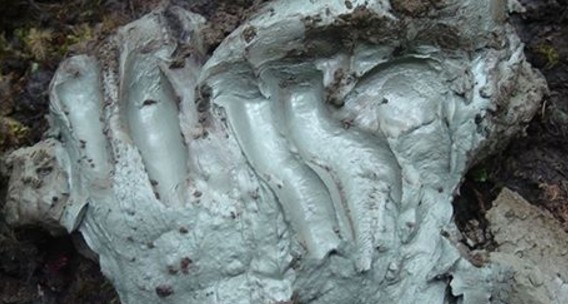A 10,000-year-old deposit of clay used as medicine by aboriginal Canadians is highly effective against many serious antibiotic-resistant infections, according to recent UBC research.
The natural cure clay is from Kisameet Bay, B.C. — long used by the Heiltsuk First Nation.
The report: Kisameet Clay Exhibits Potent Antibacterial Activity against the ESKAPE Pathogens
The report’s findings:
“More than 50 years of misuse and overuse of antibiotics has led to a plague of antibiotic resistance that threatens to reduce the efficacy of antimicrobial agents available for the treatment of infections due to resistant organisms. The main threat is nosocomial infections in which certain pathogens, notably the ESKAPE organisms, are essentially untreatable and contribute to increasing mortality and morbidity in surgical wards. The pipeline of novel antimicrobials in the pharmaceutical industry is essentially empty. Thus, there is a great need to seek for new sources for the treatment of recalcitrant infectious diseases. We describe experiments that demonstrate the efficacy of a “natural” medicine, Kisameet clay, against all of the ESKAPE strains. We suggest that this material is worthy of clinical investigation for the treatment of infections due to multidrug-resistant organisms.
“Infections caused by ESKAPE bacteria are essentially untreatable and contribute to increasing mortality in hospitals,” said UBC microbiologist Julian Davies, co-author of the paper published today in the American Society for Microbiology’s mBio journal.
“After 50 years of over-using and misusing antibiotics, ancient medicinals and other natural mineral-based agents may provide new weapons in the battle against multidrug-resistant pathogens.”

Comments are closed.